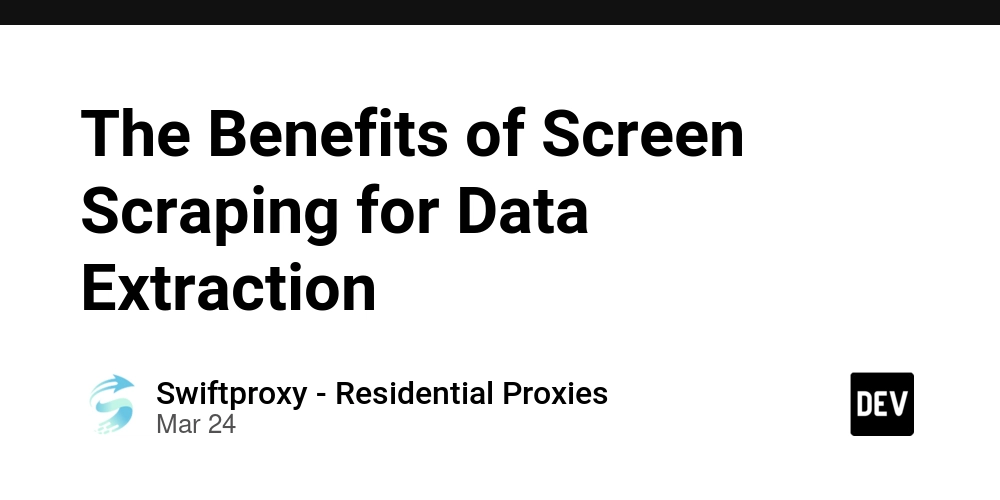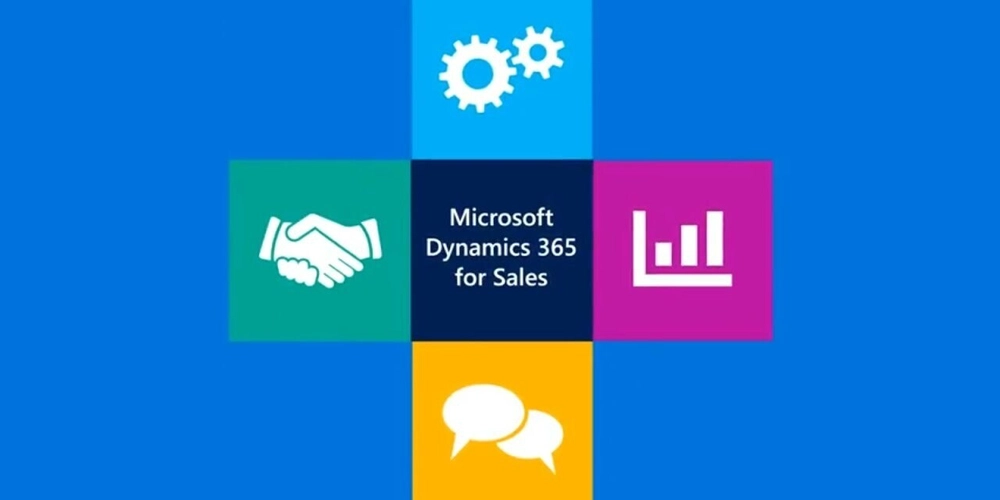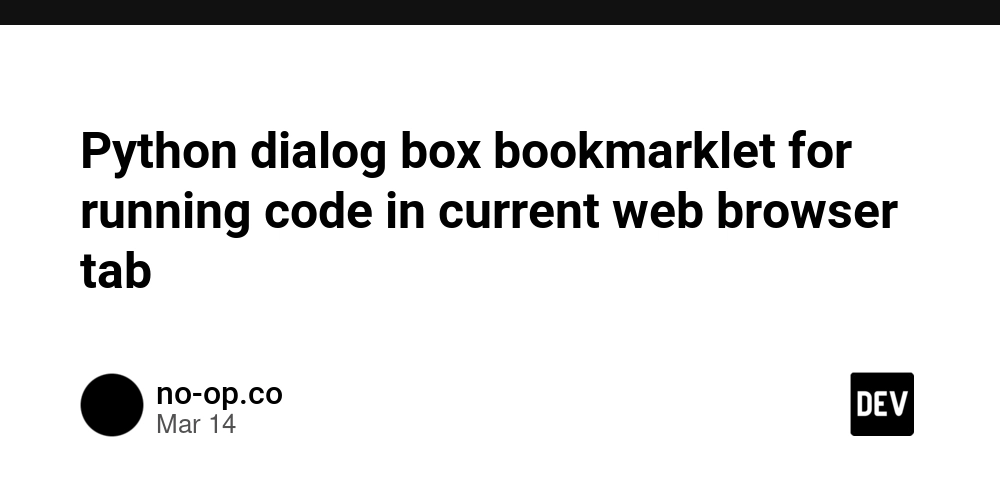The Benefits of Screen Scraping for Data Extraction
The digital world is changing rapidly—websites are becoming more complex, and so is the process of scraping data. Traditional web scraping is facing challenges with JavaScript, dynamic content, and advanced security mechanisms that lock data behind barriers. Screen scraping is emerging as the next-generation solution for data retrieval. This tool is rapidly becoming essential for businesses that need accurate, up-to-date information that traditional scraping methods can't reach. But what exactly is screen scraping, and why should you care? Let’s break it down. The Basics of Screen Scraping Screen scraping is a clever workaround for capturing data that can't be retrieved through regular web scraping. Rather than analyzing HTML structures, screen scraping simulates human interaction with a website—clicking buttons, scrolling, and viewing the content displayed on the screen. This allows it to capture HTML, CSS, JavaScript-rendered elements, and images. Essentially, it grabs what’s on the screen, not just what’s in the page’s code. The Inner Workings of Screen Scraping Screen scraping may sound complex, but the process is straightforward: 1.Simulate User Behavior: Tools replicate user actions—like opening a website, scrolling, and clicking buttons. 2.Capture Screenshots: The tool takes snapshots of the screen content, capturing everything displayed. 3.Extract Text: If the screenshot contains text, Optical Character Recognition (OCR) converts it into usable data. 4.Store or Process Data: The data is extracted, stored, or processed in a format that works for you. By using this method, you can retrieve dynamic content, images, and other types of data that standard scraping can’t handle. What Sets Screen Scraping Apart from Web Scraping Web scraping and screen scraping are two distinct techniques used to extract data, each with its own strengths and ideal applications. Web scraping focuses on extracting data from the HTML structure and DOM elements of a webpage. It works best for static pages containing text and tables, where the page structure remains relatively stable. Its simplicity makes it easy to implement, but it is fragile when it comes to changes in the page structure. Any modifications to the layout or design can disrupt the scraping process, making it less reliable for sites that undergo frequent updates. In contrast, screen scraping captures visual content, including HTML, CSS, and JavaScript elements, allowing it to handle dynamic content, interactive interfaces, and pages protected by CAPTCHA. While screen scraping is more complex and requires technical expertise, it is highly adaptable and can bypass issues related to changing page structures. This makes screen scraping a more versatile solution for scraping complex, dynamic websites that traditional web scraping methods struggle to handle. Web scraping extracts data from the page code, making it ideal for static content, while screen scraping grabs what’s visually displayed, providing greater flexibility for complex and dynamic sites. Applications of Screen Scraping Screen scraping has found its place across a wide range of industries, especially in situations where traditional scraping falls short. Here’s where it shines: Market Competition Analysis: Track competitor pricing, inventory, and promotions in real-time. Screen scraping bypasses anti-scraping measures, allowing you to collect data that’s otherwise inaccessible. E-Commerce: Product listings and ratings often load dynamically. Screen scraping captures this information for valuable market insights. Finance: Stock prices, trading volumes, and financial data are often dynamically loaded on sites. Screen scraping ensures you can access the latest data for informed investment decisions. Content Scraping and Tracking: News sites or blogs that load content dynamically require screen scraping to capture articles, comments, and more. Boost Screen Scraping with Proxy One of the major obstacles with screen scraping is dealing with access restrictions like IP blocks, CAPTCHA, or other anti-scraping technologies. This is where proxy comes in. Break Through Access Limitations: Proxy provides anonymous proxies, helping you avoid IP blocks and bypass CAPTCHA challenges. Worldwide Data Access: It offers IPs from multiple regions, allowing you to scrape data from across the globe. Improved Efficiency: By reducing the risk of being blocked, Proxy ensures more successful data extraction. Enhanced Security: Proxy protects your privacy and ensures data security, keeping you compliant with data regulations. Conclusion Screen scraping is the future of data retrieval. It’s flexible, efficient, and can handle dynamic and visual data with ease. Unlike traditional web scraping, which is limited to static content, screen scraping opens up a whole new world of possibilities. With tools like proxy, you can avoid roadblocks and boost your scraping su

The digital world is changing rapidly—websites are becoming more complex, and so is the process of scraping data. Traditional web scraping is facing challenges with JavaScript, dynamic content, and advanced security mechanisms that lock data behind barriers. Screen scraping is emerging as the next-generation solution for data retrieval.
This tool is rapidly becoming essential for businesses that need accurate, up-to-date information that traditional scraping methods can't reach. But what exactly is screen scraping, and why should you care? Let’s break it down.
The Basics of Screen Scraping
Screen scraping is a clever workaround for capturing data that can't be retrieved through regular web scraping. Rather than analyzing HTML structures, screen scraping simulates human interaction with a website—clicking buttons, scrolling, and viewing the content displayed on the screen. This allows it to capture HTML, CSS, JavaScript-rendered elements, and images. Essentially, it grabs what’s on the screen, not just what’s in the page’s code.
The Inner Workings of Screen Scraping
Screen scraping may sound complex, but the process is straightforward:
1.Simulate User Behavior: Tools replicate user actions—like opening a website, scrolling, and clicking buttons.
2.Capture Screenshots: The tool takes snapshots of the screen content, capturing everything displayed.
3.Extract Text: If the screenshot contains text, Optical Character Recognition (OCR) converts it into usable data.
4.Store or Process Data: The data is extracted, stored, or processed in a format that works for you.
By using this method, you can retrieve dynamic content, images, and other types of data that standard scraping can’t handle.
What Sets Screen Scraping Apart from Web Scraping
Web scraping and screen scraping are two distinct techniques used to extract data, each with its own strengths and ideal applications.
Web scraping focuses on extracting data from the HTML structure and DOM elements of a webpage. It works best for static pages containing text and tables, where the page structure remains relatively stable. Its simplicity makes it easy to implement, but it is fragile when it comes to changes in the page structure. Any modifications to the layout or design can disrupt the scraping process, making it less reliable for sites that undergo frequent updates.
In contrast, screen scraping captures visual content, including HTML, CSS, and JavaScript elements, allowing it to handle dynamic content, interactive interfaces, and pages protected by CAPTCHA. While screen scraping is more complex and requires technical expertise, it is highly adaptable and can bypass issues related to changing page structures. This makes screen scraping a more versatile solution for scraping complex, dynamic websites that traditional web scraping methods struggle to handle.
Web scraping extracts data from the page code, making it ideal for static content, while screen scraping grabs what’s visually displayed, providing greater flexibility for complex and dynamic sites.
Applications of Screen Scraping
Screen scraping has found its place across a wide range of industries, especially in situations where traditional scraping falls short. Here’s where it shines:
Market Competition Analysis: Track competitor pricing, inventory, and promotions in real-time. Screen scraping bypasses anti-scraping measures, allowing you to collect data that’s otherwise inaccessible.
E-Commerce: Product listings and ratings often load dynamically. Screen scraping captures this information for valuable market insights.
Finance: Stock prices, trading volumes, and financial data are often dynamically loaded on sites. Screen scraping ensures you can access the latest data for informed investment decisions.
Content Scraping and Tracking: News sites or blogs that load content dynamically require screen scraping to capture articles, comments, and more.
Boost Screen Scraping with Proxy
One of the major obstacles with screen scraping is dealing with access restrictions like IP blocks, CAPTCHA, or other anti-scraping technologies. This is where proxy comes in.
Break Through Access Limitations: Proxy provides anonymous proxies, helping you avoid IP blocks and bypass CAPTCHA challenges.
Worldwide Data Access: It offers IPs from multiple regions, allowing you to scrape data from across the globe.
Improved Efficiency: By reducing the risk of being blocked, Proxy ensures more successful data extraction.
Enhanced Security: Proxy protects your privacy and ensures data security, keeping you compliant with data regulations.
Conclusion
Screen scraping is the future of data retrieval. It’s flexible, efficient, and can handle dynamic and visual data with ease. Unlike traditional web scraping, which is limited to static content, screen scraping opens up a whole new world of possibilities. With tools like proxy, you can avoid roadblocks and boost your scraping success rate, giving you timely, accurate insights that are crucial for business decisions.












































































































































































![[The AI Show Episode 142]: ChatGPT’s New Image Generator, Studio Ghibli Craze and Backlash, Gemini 2.5, OpenAI Academy, 4o Updates, Vibe Marketing & xAI Acquires X](https://www.marketingaiinstitute.com/hubfs/ep%20142%20cover.png)



























































































































![[DEALS] The Premium Learn to Code Certification Bundle (97% off) & Other Deals Up To 98% Off – Offers End Soon!](https://www.javacodegeeks.com/wp-content/uploads/2012/12/jcg-logo.jpg)


![From drop-out to software architect with Jason Lengstorf [Podcast #167]](https://cdn.hashnode.com/res/hashnode/image/upload/v1743796461357/f3d19cd7-e6f5-4d7c-8bfc-eb974bc8da68.png?#)








































































































.png?#)

































_Christophe_Coat_Alamy.jpg?#)
 (1).webp?#)





































































































![Apple Considers Delaying Smart Home Hub Until 2026 [Gurman]](https://www.iclarified.com/images/news/96946/96946/96946-640.jpg)
![iPhone 17 Pro Won't Feature Two-Toned Back [Gurman]](https://www.iclarified.com/images/news/96944/96944/96944-640.jpg)
![Tariffs Threaten Apple's $999 iPhone Price Point in the U.S. [Gurman]](https://www.iclarified.com/images/news/96943/96943/96943-640.jpg)




































































































































